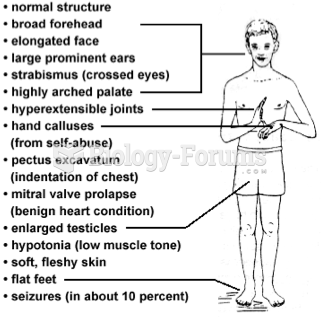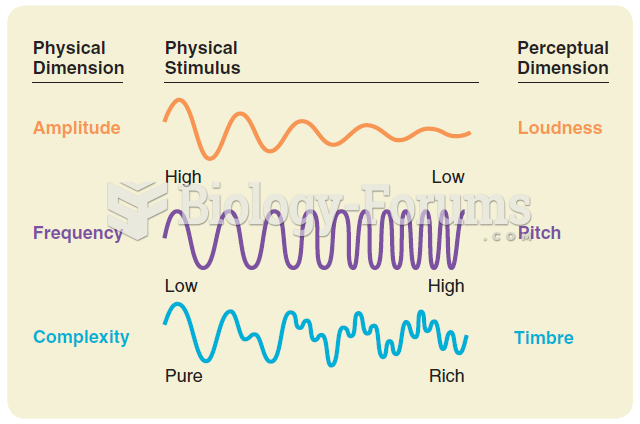|
|
|
Approximately 500,000 babies are born each year in the United States to teenage mothers.
Women are 50% to 75% more likely than men to experience an adverse drug reaction.
About 100 new prescription or over-the-counter drugs come into the U.S. market every year.
In inpatient settings, adverse drug events account for an estimated one in three of all hospital adverse events. They affect approximately 2 million hospital stays every year, and prolong hospital stays by between one and five days.
Most strokes are caused when blood clots move to a blood vessel in the brain and block blood flow to that area. Thrombolytic therapy can be used to dissolve the clot quickly. If given within 3 hours of the first stroke symptoms, this therapy can help limit stroke damage and disability.







